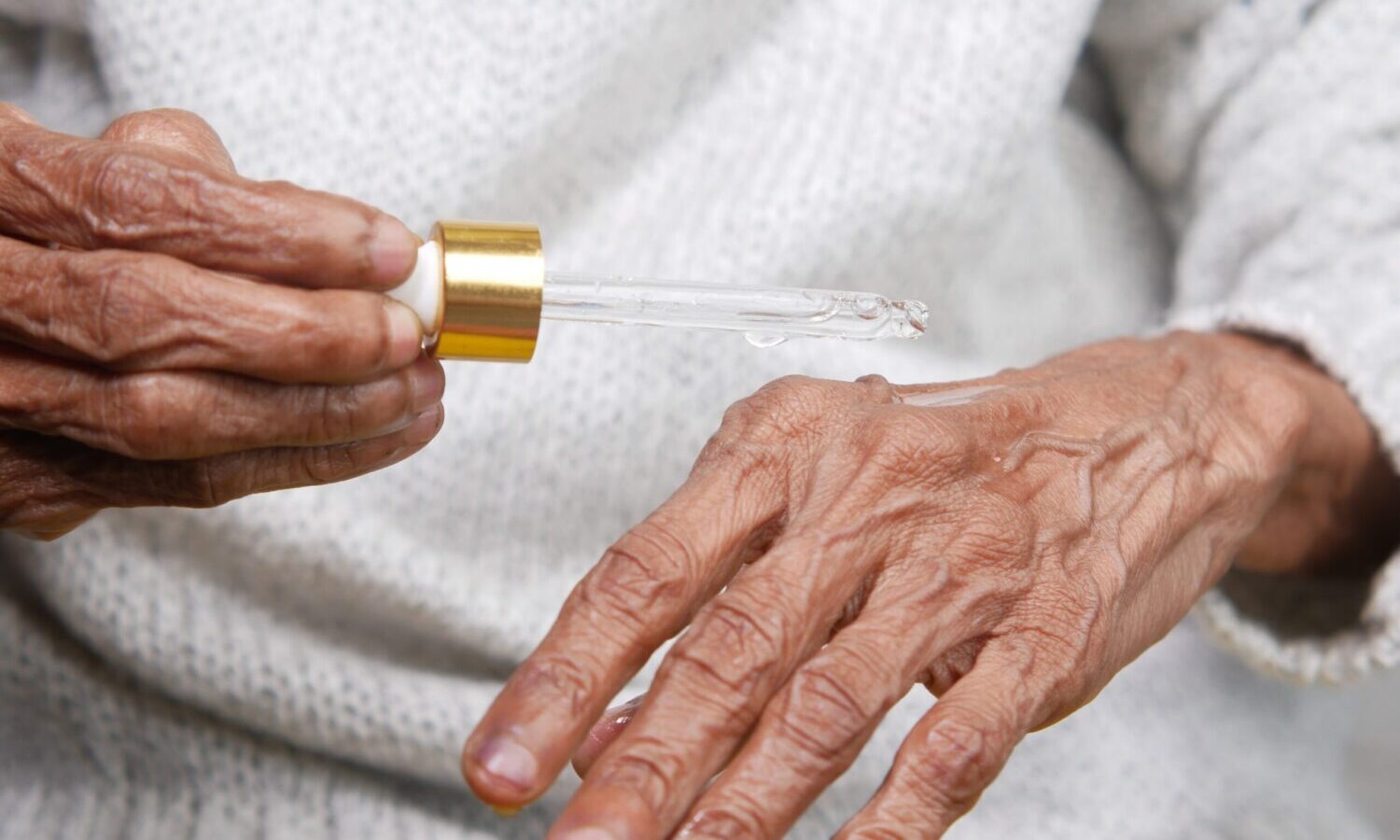
Can Cannabis Provide Arthritis Relief?
According to that Global RA Network, more than 350 million people around the world are affected by arthritis. This makes arthritis one of the most common diseases on the planet. That US Centers for Disease Control and Prevention (CDC) reports that arthritis is the leading cause of disability in the country, affecting approximately 1 in 4 Americans.
As common as arthritis is, there is still no quick fix for the pain that accompanies it. Those struggling with arthritic pain seem to be constantly looking for relief. Fortunately, the right treatment can help relieve symptoms and prevent the disease from progressing. But figuring out what helps can be a challenge.
Doctors recommend a variety of different treatment options, from nonsteroidal anti-inflammatory drugs (NSAIDs) to steroids and other options that help with pain. However, cannabis has also shown to help many, although patients often struggle to find information on how it can help.
Photo by Towfiqu barbhuiya via Unsplash
RELATED: Cannabis and Rheumatoid Arthritis: What Are the Best Options?
Arthritis is a general term that describes inflammation in the joints. The condition affects joints that connect two bones such as fingers, wrists, hips, back and knee joints. Redness, slight swelling, and flushing are commonly associated with arthritis, leading to chronic pain, stiffness, and reduced range of motion. This inflammation occurs when substances from white blood cells are released into the blood or affected tissues to protect the body from what are known as foreign invaders. This release restricts blood flow to the affected area and can cause redness and warmth. This protective process often stimulates surrounding nerves and causes pain.
How cannabis can help
Cannabis is a well-known and recognized anti-inflammatory. Studies have shown that cannabis can have a beneficial effect in taming inflammation as well as a variety of inflammation-related ailments – including arthritis. The entourage effect associated with the plant’s combination of terpenes and cannabinoids, including THC, is also believed to help improve results.
The human body’s endocannabinoid system (ECS) is modulated by diet, sleep, exercise, stress, and many other factors, including exposure to cannabinoids such as CBD and THC. Modulation of the ECS is critical for maintaining homeostasis associated with inflammation and analgesia. The good news is that studies have shown clear evidence of cannabis’ effectiveness in treating this inflammation.
Preclinical and clinical studies The use of cannabis-based therapies has shown to have both analgesic and anti-inflammatory effects, with an overall clinical symptom relief in animal models of arthritis, underscoring its promising therapeutic application in humans. For example:
- Several animal studies have shown that this does not affect Cannabinoids like CBG, CBD and THCv can reduce inflammation and reduce pain.
- Miscellaneous animal testing suggest that certain terpenes like linalool, BCP, eucalyptol, and limonene reduce inflammation, which contributes to the potency of the entourage effect.
As a result of these studies, cannabinoid receptors and other receptors are thought to play a role in treating arthritic symptoms as well as altering inflammation. Despite these results, the development of cannabis-based therapeutics is still in its infancy, and more research is needed on their efficacy and safety profile in patients.
So what is the best approach to incorporating cannabis into an arthritis treatment program? First, consider starting with one dominant cannabinoid and one product (such as a full-spectrum CBD product) at a time. Incorporate other cannabinoids as needed and tolerable – and introduce them slowly over time. Start with a very low THC dose of 0.5–3 mg, then slowly increase by 1–2 mg every other day if needed. Consider using different day and night regimens to reduce the risk of potential side effects. Also, consider ingesting an acidic cannabinoid like CBDa that has already been used proven effective in the relief of inflammatory pain.
Be sure to keep a daily journal to track progress and document what treatment is working. Use a simple 0-10 pain scale, with 10 being the worst pain, and track both the pain and range of motion progression on a daily basis. By accurately recording what is consumed, patients can find the exact dosage and product combination that is right for them. It can take time to identify the exact cannabis treatment that will provide relief, and there may end up being several different solutions for different levels of pain.
 Photo by gilaxia/Getty Images
Photo by gilaxia/Getty Images
RELATED: Study: Medical cannabis use reduces opioid prescriptions in patients with osteoarthritis
Although the process can take time, the relief provided by cannabis therapy can result in a greatly improved quality of life. The health benefits of effectively treating arthritis can result in increased physical activity and better enjoyment of everyday activities. Additionally, through the use of cannabinoids, many patients are able to reduce or eliminate other medications, resulting in an even better quality of life.
Katherine Golden, RN, is the CEO, executive director, and founder of Leaf411, a 501(c)(3) nonprofit organization founded in 2019 with the mission of providing education and guidance to the general public about the safe and effective use of legal Cannabis to offer (marijuana and hemp). Katherine has been a registered nurse for more than 27 years and received her Associates of Science degree in Nursing from El Camino College School of Nursing in Torrance, California Professionals and Healers. For more information or to schedule a consultation with a Leaf411 nurse, call 844-LEAF411 (844-532-3411) or visit us leaf411.org.

Post a comment: